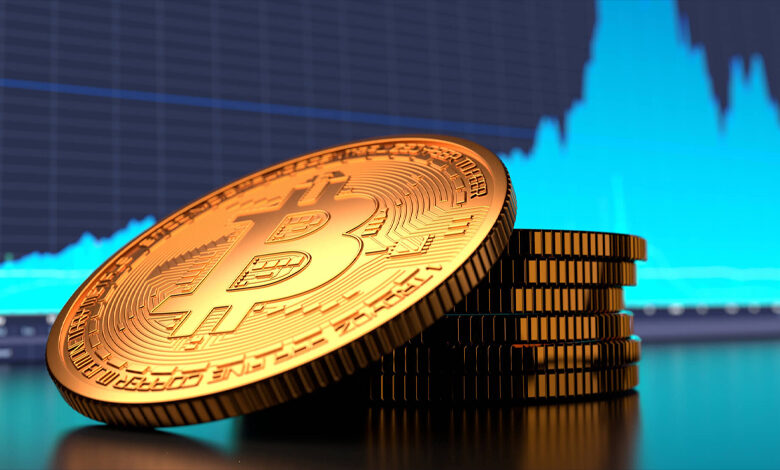Bitcoin ETFs Outpace Gold with $4B Flow Gap Amid Shift from U.S. Assets

Bitcoin exchange-traded funds (ETFs) in the U.S. have seen a surge in inflows, surpassing $3 billion over the last five trading days. In contrast, gold ETFs have experienced $1 billion in outflows during the same period, according to data shared by Standard Chartered.
The resulting $4 billion difference between Bitcoin and gold ETF flows is the largest gap since the U.S. presidential election week in November, noted Standard Chartered analyst Geoffrey Kendrick in a recent investor briefing.
Kendrick attributed the growing preference for Bitcoin over gold to its superior positioning as a hedge amid shifting global investment strategies. “BTC is a better hedge than gold against strategic asset reallocation out of the U.S.,” he wrote.
The trend is also reflected in U.S. Treasury markets, where rising yields suggest waning investor demand. “U.S. Treasury term premium (which has a close correlation to BTC) is at a 12-year high,” Kendrick said. “Time-of-day analysis suggests that U.S.-based investors may be seeking non-US assets.”
Michael Metcalfe of State Street Markets echoed this view, writing in a separate note that “long-term foreign investor demand for 30-year Treasurys has been below average all year, but ended April with weekly flows close to a five-year low.” This declining appetite for U.S. assets, he reasoned, is boosting demand for alternatives like Bitcoin ETFs.
Meanwhile, improved trade dynamics between the U.S. and China are dampening the appeal of gold. “Bitcoin, by its nature, is decentralised,” Kendrick told Decrypt. “As a result it is the ultimate hedge against issues in TradFi, be they coming from the private sector (eg. SVB collapse March 2023) or public sector (perhaps now, with Treasury term premium suggesting [the] same).”
He added that gold plays a different role in markets: “specifically hedging against geopolitical type issues be they physical or trade war related.” With both the U.S. and China now carving out tariff exemptions and signaling openness to dialogue, interest in gold has cooled.
However, the outlook for Bitcoin remains bullish. Kendrick believes the current demand wave could continue over the coming weeks. “Moves like the current one tend to last weeks or months,” he said. “I think it lasts through the end of Q2 at least, hence my $120,000 Q2 forecast.”
Standard Chartered is sticking with its year-end target as well, projecting that Bitcoin will hit $200,000 by the end of 2025, bolstered by gains throughout the summer.





